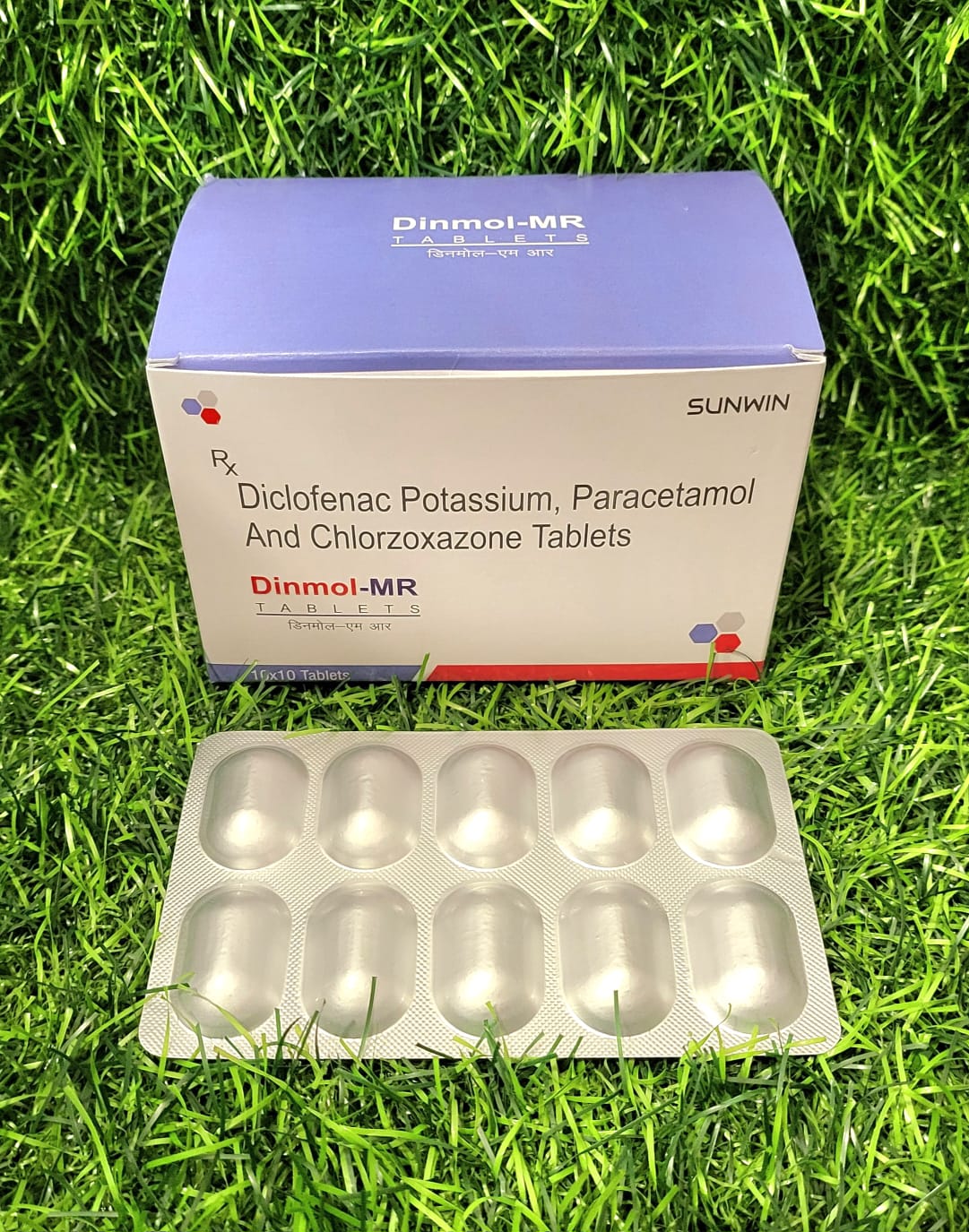Composition:-
Noradrenaline injection
Uses:-
Noradrenaline (norepinephrine) injection is a medication primarily used in emergency and critical care settings. Here are its main uses:
- Hypotension Management: It is used to manage severe low blood pressure (hypotension) in patients experiencing septic shock, cardiac arrest, or other critical conditions. Noradrenaline works by constricting blood vessels, which increases blood pressure and helps maintain adequate blood flow to vital organs.
- Cardiac Arrest: During cardiac arrest, noradrenaline may be administered to improve blood pressure and enhance perfusion, supporting resuscitation efforts.
- Shock States: Noradrenaline is a key treatment in various types of shock, including septic shock, neurogenic shock, and anaphylactic shock, where blood pressure support is crucial.
- Intensive Care Support: In the ICU, noradrenaline is often used as a vasopressor to stabilize patients with life-threatening hypotension and to support cardiovascular function.
Side Effects:-
While noradrenaline is effective, it can cause some side effects. Common side effects include:
- Hypertension: Excessive blood pressure increase can occur, particularly if the dosage is too high or if the patient is sensitive to the drug.
- Arrhythmias: Noradrenaline may induce irregular heartbeats (arrhythmias), which can be dangerous in some patients.
- Headache: Some individuals may experience headaches as a result of blood vessel constriction.
- Anxiety and Tremors: Anxiety, nervousness, and tremors are possible side effects due to the drug’s stimulant effects.
- Local Tissue Damage: Extravasation (leakage of the drug into surrounding tissue) can cause tissue damage and necrosis at the injection site.
- Decreased Organ Perfusion: If blood vessels constrict too much, it can reduce blood flow to certain organs, potentially causing ischemia.
- Dizziness and Sweating: Some patients might experience dizziness and increased sweating.
Indication:-
Noradrenaline injection is indicated for use in acute hypotensive states where immediate blood pressure support is required. It is administered intravenously in a hospital setting under continuous monitoring by healthcare professionals. The dosage is carefully titrated based on the patient’s response, ensuring optimal blood pressure is achieved without causing excessive vasoconstriction or other adverse effects. Proper administration and monitoring are crucial to minimize risks and maximize therapeutic benefits.

